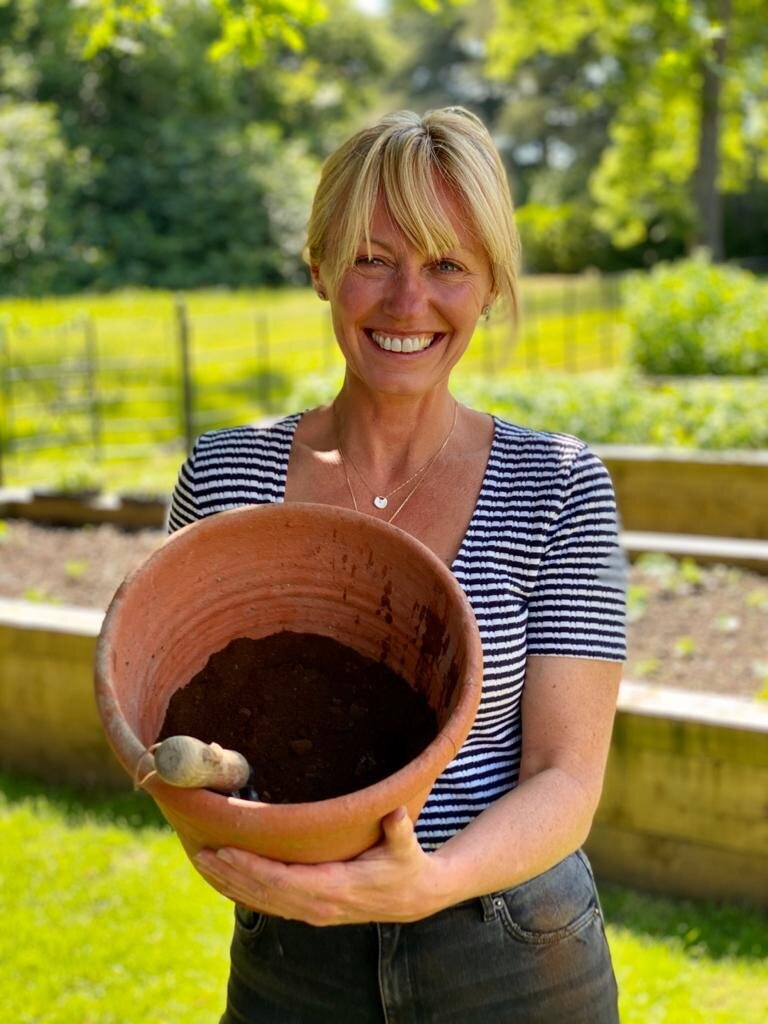How To Reduce Food Waste
What a waste
Did you know that food waste is one of the world’s biggest contributors to CO2 emissions and climate change? When food ends up in landfill and starts to rot, it emits greenhouse gasses but there is more to think about than just the food itself. Zoom out and take a look at the larger picture, the water, energy and resources that are used to produce and package it, all goes to waste too.
We have it easy these days when it comes to sourcing and purchasing food, with the rise of online supermarkets and even same day delivery from Amazon Fresh, we can often forget about all of the hard work that goes into farming, growing and the overall labour of love it takes to produce each mouthful.
Recent research from the Waste and Resource Action Programme (WRAP) has brought to light that an enormous 70% of food waste happens not from shops and restaurants throwing out uneaten / unbought food but from food waste at home
What you can do to make a difference
1. Shop Smart
Most people tend to buy more food than they need. Before buying more groceries try to use up all of the food you purchased during your last trip to the supermarket. Another way to reduce waste, is to write up a list of items that you need to buy for the meals you plan to cook in the week and stick to that list. This will help you reduce impulse buying and reduce food waste as well.
2. Store Food Correctly
Improper storage leads to a massive amount of food waste. About two-thirds of household waste in the UK is due to food spoilage. A lot of people don’t know how to store fresh fruit and veggies, and this leads to premature ripening and, eventually, rotten produce. It’s good to know what to store in the fridge and what not too! For example tomatoes, cucumber and onions are best kept at room temperature.
Some foods emit gas when ripening, this gas can cause other foods to ripen quicker which then spoils it. Some examples of these foods are: bananas, tomatoes, avocados and pears. Make sure to keep these foods away from produces such as potatoes, apples, berries and leafy greens.
3. Learn to Preserve
Pickling, drying, canning, fermenting, freezing and curing are all methods you can use to make food last longer. For example, canning an excess of ripe apples and turning them into applesauce. Yum! Watch me harvest and pickle beetroots here.
4. Blend it!
Blending up a nutrient-packed smoothie can be a delicious way to reduce food waste. While the stems, ends and peels of produce may not be appetizing in their whole form, adding them to a smoothie is a way to reap their many benefits. Try my feel good smoothie here.
5. Compost
Composting leftover food is a beneficial way to reuse food scraps, turning food waste into energy for plants. An outdoor composter may work if you have a large garden, if you have little space, you can buy countertop composters. You can read how i’ve been composting at Broadspear here.


